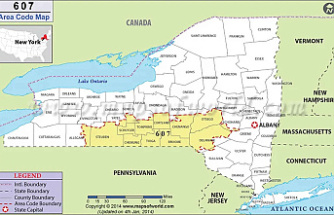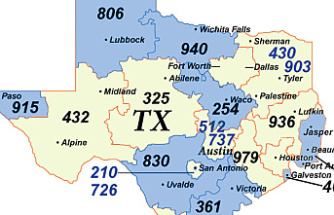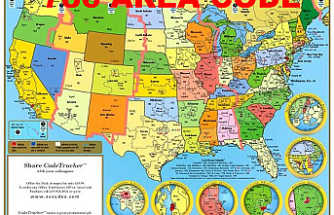This is in response to an prolonged drought that has plagued the state since another dry winter.
The Metropolitan Water District of Southern California declared a water crisis Tuesday and ordered certain cities and agencies that supply water to implement the reductions on June 1, and enforce them or face heavy fines.
"We don’t have enough water supplies to meet the normal demand right now." Rebecca Kimitch, a district spokesperson said that the water supply is inadequate. This is a new territory. This is something we've never done before."
Metropolitan Water District restrictions are applicable to Los Angeles, Ventura, and San Bernardino counties which rely mainly on state water supply through the district. This includes some areas of Los Angeles. These areas are predominantly urban.
Adel Hagekhalil (general manager, Metropolitan Water District of Southern California) stated Wednesday that the goal of the water-limitation policy is to conserve water for grassy yards, plants, and other purposes such as cleaning cars.
Metropolitan Water District draws water from the Colorado River and uses the State Water Project, a large storage and delivery system to supply 26 public water agencies. These agencies provide water for 19 million people or 40% of the state's total population.
However, record dry conditions have put a strain on the system, lowering reservoir level and the State Water Project, which draws its water from the Sacramento River Delta, has predicted it will only be able to deliver about 5% of its usual allocation for the second year in a row.
Kimitch stated that January, February, and March were the driest months in state history in terms snowfall and rainfall.
According to the Metropolitan Water District, the 2020 and 2021 water years saw the lowest rainfall for two consecutive years. The State Water Project's main reservoir Lake Oroville also reached its lowest level since the 1970s.
California Gov. Gavin Newsom asked residents to reduce their water consumption by 15%. However, so far they have not met that goal.
Many water districts have implemented water conservation measures. The board of the East Bay Municipal Utility District, Northern California, voted Tuesday to reduce water consumption by 10% and limit daily use for approximately 1.4 million Contra Costa and Alameda county residents, including Oakland, Berkeley.
The household will be permitted to consume 1,646 gallons (6.231 liters per day) -- far more than the average household consumption of 200 gallons (757 Liters daily) -- and the agency expects that only 1% to 2 percent of customers will exceed this limit, according to the San Francisco Chronicle.
Metropolitan Water District's six clients must either implement the one-day-per-week outdoor restriction or find alternative ways to reduce water demand in the affected areas.
Deven Upadhyay, chief executive officer of Metropolitan Water District, said Wednesday that local agencies will face a $2,000 fine per acre-foot if they fail to meet their reduction goals. An acre is approximately 325,850 gallons or 1.23 million liters.
Local agencies will decide how to enforce watering restrictions for their customers. Upadhyay mentioned that an exception permits hand-watering trees in order to preserve "ecologically significant tree canopies".
The Metropolitan Water District will monitor water usage and, if restrictions fail to work, it may order an immediate ban on outdoor watering in affected areas starting in September.
State legislators have already taken the first steps towards lowering the water consumption standard in their state.
California's current indoor water consumption standard is 55 gallons per person (208 liters per day). This rule does not apply directly to customers. Therefore, regulators won't cite individuals who use more water than allowed. Instead, the state requires all water agencies to adhere to that standard for all customers.
The state Senate, however, voted unanimously last week to lower this standard to 47 gallons (178.5 liters per person per days) starting in 2025 and 42gallons (1159 liters per person per daily) beginning in 2030.
It has yet to pass the Assembly. This means that it could take months before it becomes law.
The U.S. West is currently in a severe drought, just a few decades after record rainfall and snowfall filled all of its reservoirs to capacity.
Scientists believe climate change is driving this boom-and bust cycle. This will lead to more severe droughts and longer periods of drought. An earlier study found that the U.S. West is currently in the middle a megadrought, which is the dryest in at least 1,200 year.












